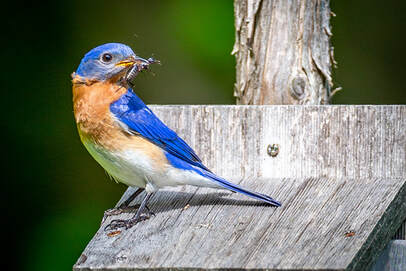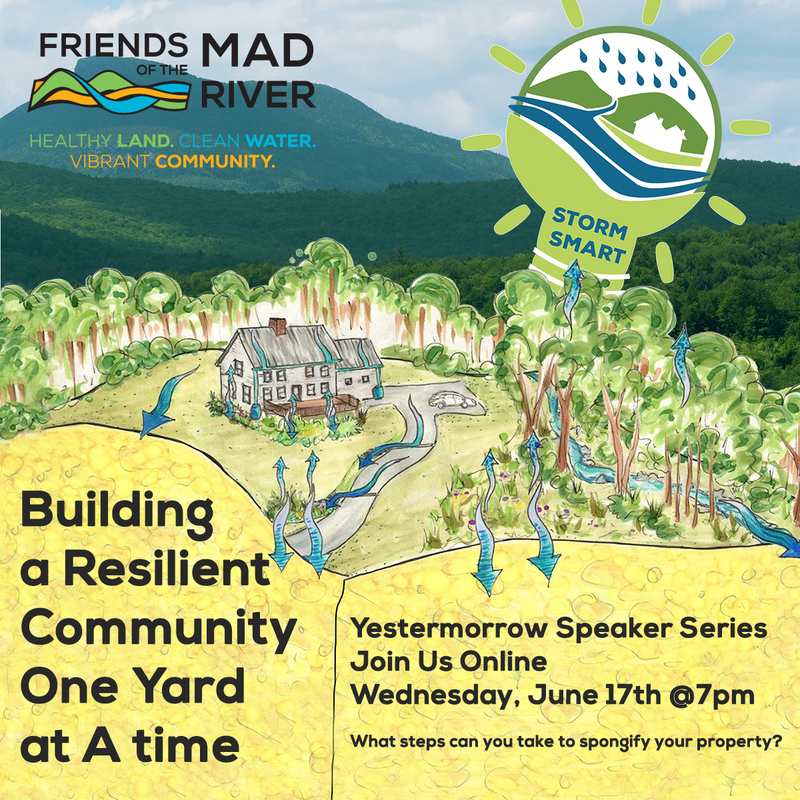 Photo Credit - Jen Bennet for #madshedlove Photo Credit - Jen Bennet for #madshedlove Black Faces in Green Spaces: A Field Guide to Birding While Black This time of year, as we look out our windows, walk along the trails criss-crossing the Valley, or dip our toes in the Mad, we are often treated to the chirps, caws, and songs of birds. Their beauty, complexity, delicacy, and intelligence inspires us. We are lucky to have the chance to watch Scarlet Tanagers, Eastern Bluebirds, and Yellow-Rumped Warblers migrate through our Valley each summer. It can be easy to take in these idyllic surroundings, watching birds flit between the branches, and forget the hard journey they took to get here. This spring, on the morning of Memorial Day, just a few hours before George Floyd was murdered by members of the Minneapolis police department, Christian Cooper (onetime president of the Harvard Ornithological Club and current Audubon New York board member) was birding in Central Park, when a white woman called the police claiming Cooper, a black man, was threatening her. He had asked her to leash her dog. The incident sparked other black birders, like Corina Newsome, a graduate student studying ornithology, to speak out about their own experiences birding while black and to launch #blackbirdersweek. We are on the far side of #blackbirdersweek now, but the death of Floyd, Breonna Taylor, and many others, alongside daily encounters with racism like those experience by Christian Cooper, have kindled a national conversation about racism in the United States. Racism informs unchecked bias and sneaks into even well intentioned spaces. Even relatively small decisions can add up to an unequal distribution of both social and environmental ills. As we work on issues like climate change, water quality, flood resilience, and protecting biodiversity, we can only benefit from fostering an inclusive, diverse, and representative community. Many black, indigenous, and people of color have been making this connection for years and their leadership has paved the way for a more thoughtful and equitable definition of environmental stewardship. Just on the other side of the Green Mountain ridge, Audubon Vermont's Education Director, Debbie Archer, spoke with Seven Days for their Stuck in Vermont Series about her experience as a birder, a black person, and an educator. Her work directly supports our avian neighbors by fostering the next generation of birders, nature-lovers, scientists, and environmentalists. The next time you see a Baltimore Oriole, consider the long flight it takes each spring as a reminder that the diversity around us is not a passive thing. Just as the Oriole takes its thousand mile journey to add its vibrant hues and treetop calls to the chorus of summertime songbirds, we can each take responsibility for own voice, our own journey, in fostering a more inclusive community here in the Valley and wherever our wings take us. UPDATE(6/24): You can watch the entire recorded presentation Mad River Valley TV or on Yestermorrow's YouTube channel.
Join Corrie Miller and Ira Shadis tomorrow night (Wednesday, June 17th) @7pm for Building a Resilient Community One Yard at Time. We will explore the origin of the Storm Smart program and walk you through what it looks like to get a Storm Smart assessment on your own property. 🌳☀️ We are excited to be a part of Yestermorrow Design/Build School's Spring Speaker Series! Join us online tomorrow night by Zoom - https://us02web.zoom.us/j/86164348889 Or watch live on Yestermorrow Design/Build School's Facebook page.  Ingrid Westervelt, a Mad River Watch volunteer, collects a sample during the second week of sampling. Photo by Julie Westervelt Ingrid Westervelt, a Mad River Watch volunteer, collects a sample during the second week of sampling. Photo by Julie Westervelt Over the weekend, community volunteers geared up to help the rest of the Mad River Valley enjoy the 2020 swimming season. Friends of the Mad River has run its volunteer-driven Mad River Watch (MRW) water quality monitoring program since 1985 to get a sense of the watershed’s overall health, provide public health information to river users, and identify areas needing improvement. Monday, June 8th, was the first of six 2020 sampling dates – with one every other week from June through August. Sampling results from the first round of Friends’ 2020 Mad River Watch water quality monitoring show no sites with unfavorable E. coli levels as of Monday morning. Thunderstorms on Friday and Saturday caused the river to crest at 5:15 Saturday evening at 260 cubic feet per second (cfs), flushing pollutants from the land into the water and downstream long before sampling Monday morning. At the time of sampling on Monday morning, the river's discharge (volume per second) was down to 99.3 cfs at the US Geological Service flow gage in Moretown. The flow condition of the Mad River at the time of sampling Monday morning was Low and Steady (LS). The mean flow for this date over the last 90 years is 196 cfs; the water level is low for this time of year. Remember that rains can cause E. coli levels to fluctuate, even on a daily basis, as water carrying pathogens moves down the watershed. FMR’s E. coli sampling results are only a snapshot in time intended to give you a sense of the conditions that lead to high pathogen levels in the water so you can be informed. You are your best protector - use common sense and don't swim for several days after a rain. It is estimated that at the level of 235 colonies E.coli per 100 mL water, approximately 8 out of every 1,000 swimmers are likely to contract a water borne illness related to fecal contamination. 2020 – Changes Afoot For 2020, Friends pared the program back to its roots and isn’t taking samples for phosphorus, turbidity, or nitrogen analysis this year; instead, they’re only sampling E. coli from 12 swimhole sites and analyzing samples at their General Wait House lab. “Over the decades, Friends has used Mad River Watch data to guide many successful clean-up efforts,” said Executive Director, Corrie Miller. “We’re excited to be using the organization’s 30th Anniversary as an opportunity to redesign Mad River Watch so that it better meets clean water and community goals.” She adds, “A side benefit is that some of our tried and true volunteers are turning their efforts to taking care of swimholes and riparian restoration areas so we can explore how a caretaker program could benefit the community.” This week, Paula Baldwin, who acted as MRW Lab Coordinator for four years, trained Lisa Koitzsch, a former Friends of the Mad River Coordinator and Fayston resident, to fill her shoes. Miller adds, “We feel fortunate to welcome Lisa back to this program, but also deeply grateful for the non-stop enthusiasm and dedication Paula breathed into Mad River Watch through these past four summers. We wish her well as she spends more time at the beach!” This week’s volunteers include: Charlie Baldwin, Sally Boudreau, Annie & Jula Fender, Rick Hungerford, Ruth Lacey, and Michael Ware. For more information about E. coli and the Mad River Watch program or data visit this page. Throughout the summer, Mad River Watch results will be available in the Valley Reporter, on Facebook (“Friends of the Mad River”), on our website, and on sign posts at swimholes across the Valley. |
Friendsof the Mad River Archives
July 2024
Categories |
Proudly powered by Weebly


 RSS Feed
RSS Feed